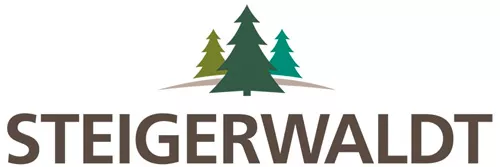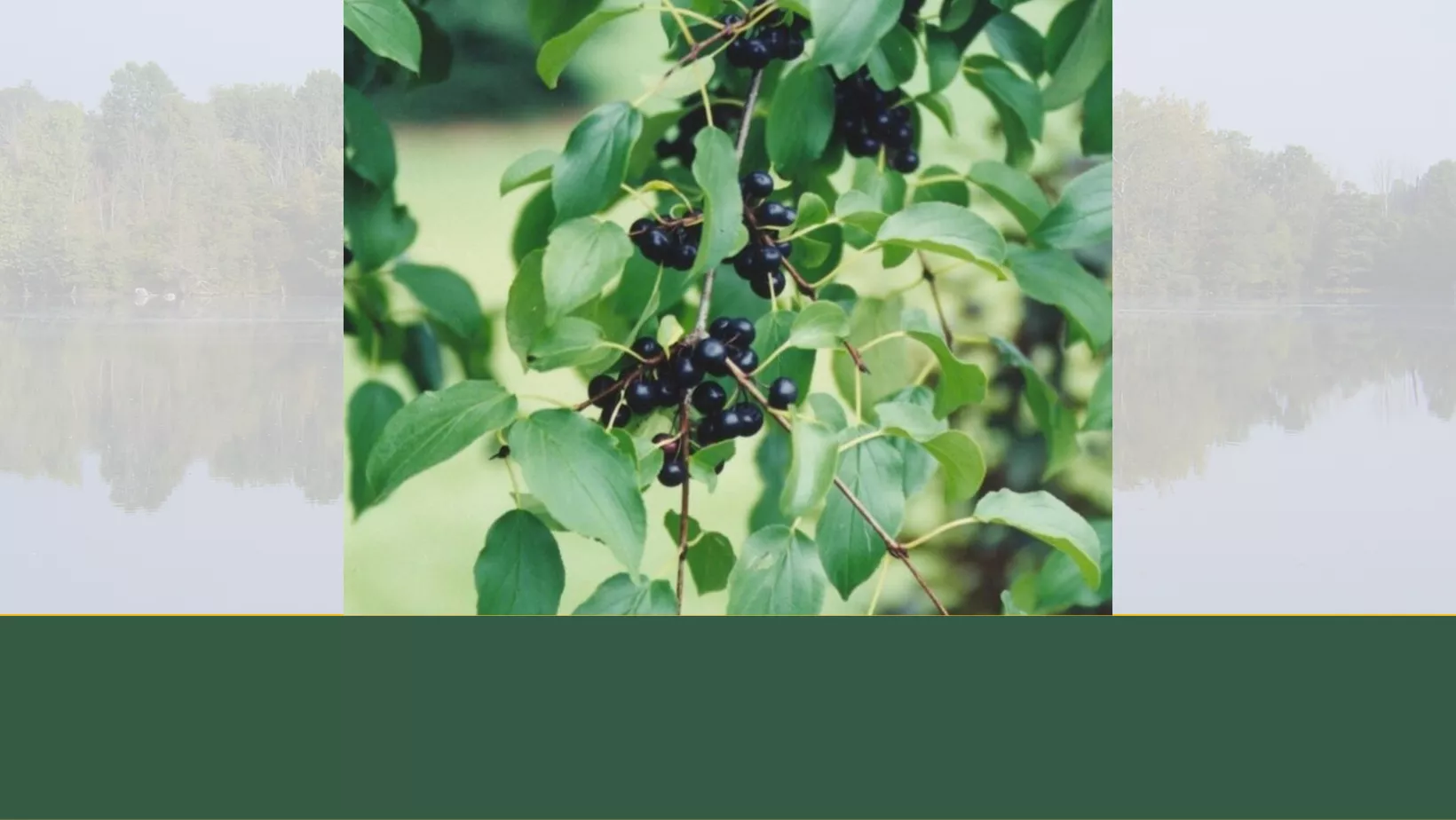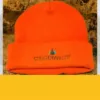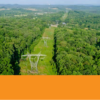Buckthorn
Common, or European, Buckthorn and Glossy Buckthorn are both restricted noxious weeds, and it is illegal to import, sell, or transport it in the state of Wisconsin. Originally brought to America from Europe as a hedge species, the shrub has quickly spread and pervaded nearly all native landscapes in Wisconsin. It is quickly becoming a nuisance plant forming thick, dense thickets in forests, yards, wetlands, and prairies.
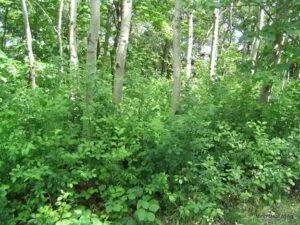
Buckthorn has become a problem because it outcompetes native plants for nutrients, light, and moisture. It contributes to erosion by shading out other plants that grow on the forest floor. It also degrades wildlife habitats and serves as a host to other pests like soybean aphids and crown rust fungus. It lacks other natural controls like insects or diseases that would naturally compete and curb its growth.
Buckthorn management is a multi-year commitment. Most viable seeds in the soil germinate within two years. Your plan will depend on how much time you have and how dense your buckthorn is. Additional seeds can be introduced to the site by birds or other wildlife. For just a few small plants, your plan may be as simple as a weekend of pulling buckthorn seedlings and regularly checking to see if new plants have taken root each year.
For larger buckthorn infestations, the first part of your plan should be to remove all of the berry producing buckthorn on your property. This would also be a good time to work with your neighbors to remove berry producing buckthorn from their land too. Once you have controlled berry producing plants, you have limited the ability of the buckthorn to expand and can focus on the goal of removing all of the buckthorn on your property.
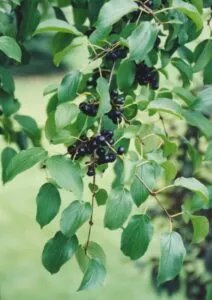
Removal of buckthorn can include a combination of chemical or mechanical means. Small saplings can be hand pulled, taking care to tap soil back into place to reduce soil disturbance as that could stimulate the seed bank and lead to additional invasive plant issues. Saplings can also be foliar treated while still in leaf out. All stems larger than two inches should be cut and stump treated with herbicide to prevent resprouts. The best time to find buckthorn is fall and early spring when most plants, other than buckthorn, will be without leaves. Buckthorn treatment and removal is most successful in the fall and early winter when the plant is sequestering resources in its root system for winter.
It is never too late to begin control and can be a project that takes place in increments to stay mindful of a budget. If your buckthorn is more like a jungle than a few shrubs, you will likely want to plan on removing the buckthorn in sections. Begin removing the buckthorn from one section of your property and set a reasonable goal for the year. Remove more and more buckthorn each year until it is eradicated. Start removing buckthorn from sections with the fewest buckthorn plants to keep those areas unimpaired.
When all buckthorn has been removed from your land, plan on walking your property at least once a year to find and remove new buckthorn plants. Managing buckthorn on your land is an ongoing process. Staying vigilant and scouting for new seedlings will reduce your long-term workload of removing established buckthorn.
To discuss buckthorn removal, contact our environmental specialists at [email protected]
Dani DeCloux – Environmental Operations Manager
